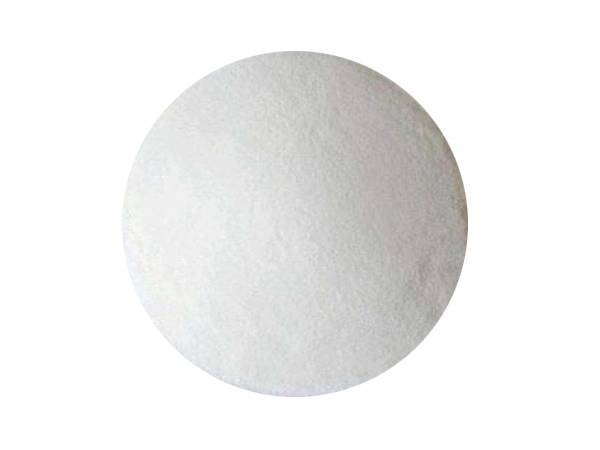



sodium persulfate molecular weight
Sodium Persulfate A Key Compound in Chemistry and Industry
Sodium persulfate, with the chemical formula Na2S2O8, is an inorganic compound widely recognized for its versatility and effectiveness as a strong oxidizing agent. It plays a critical role across various industries, including chemical synthesis, polymerization, and environmental applications. Understanding sodium persulfate's molecular weight, properties, and practical applications is essential for chemists, industries, and environmental scientists.
Molecular Weight Calculation
The molecular weight of sodium persulfate can be determined by adding the atomic masses of each constituent element in its formula. Sodium (Na) has an atomic mass of approximately 22.99 g/mol, sulfur (S) about 32.07 g/mol, and oxygen (O) roughly 16.00 g/mol. Therefore, the molecular weight calculation proceeds as follows
- Sodium 2 x 22.99 g/mol = 45.98 g/mol - Sulfur 2 x 32.07 g/mol = 64.14 g/mol - Oxygen 8 x 16.00 g/mol = 128.00 g/mol
Adding these together gives
\[ \text{Molecular Weight of Na}_2\text{S}_2\text{O}_8 = 45.98 + 64.14 + 128.00 = 238.12 \text{ g/mol} \]
Thus, the molecular weight of sodium persulfate is approximately 238.12 g/mol, which is crucial for calculations involving molarity, stoichiometry, and reagent preparation in various chemical processes.
Properties of Sodium Persulfate
Sodium persulfate is a white crystalline solid that is soluble in water, with its solubility varying depending on temperature. It is hygroscopic, meaning it can absorb moisture from the air, which must be considered during storage. When dissolved in water, sodium persulfate dissociates to form persulfate ions, which are responsible for its strong oxidative properties.
sodium persulfate molecular weight

The compound is stable under dry conditions but can decompose upon contact with heat or certain catalysts, releasing oxygen. This characteristic makes it valuable in applications where oxygen generation is useful, such as in the treatment of wastewater or in various bleaching processes.
Applications in Different Industries
1. Polymerization Processes Sodium persulfate is widely utilized in the production of polymers and as a radical initiator in free-radical polymerizations. When heated or subjected to certain conditions, it decomposes to generate sulfate radicals, which can start polymerization reactions. This makes it crucial in creating synthetic materials like polystyrene, polyacrylonitrile, and other plastics.
2. Chemical Synthesis In organic chemistry, sodium persulfate serves as an oxidizing agent in various reactions. It aids in the synthesis of numerous compounds, facilitating the oxidation of alcohols, aldehydes, and other functional groups. Its ability to produce free radicals is harnessed in many synthetic pathways, providing chemists with a powerful tool for creating complex molecules.
3. Environmental Remediation Sodium persulfate is increasingly used in environmental applications, particularly in the remediation of contaminated soil and groundwater. The compound can oxidize hazardous organic pollutants, effectively breaking them down into less harmful substances. This method has been applied in treating sites contaminated with chlorinated solvents, petroleum hydrocarbons, and other toxic compounds.
4. Disinfection and Bleaching This oxidizing agent is also effective in disinfection processes, making it valuable in the water treatment industry. Sodium persulfate is used for its ability to kill bacteria and other pathogens. Additionally, its bleaching properties are exploited in the textile and paper industries, where it serves as a bleaching agent, enhancing the brightness and whiteness of various materials.
Safety and Handling
While sodium persulfate is beneficial across multiple sectors, it is crucial to handle it with care. It can be an irritant to the skin, eyes, and respiratory system. Protective equipment, including gloves and goggles, should be worn when handling the compound. Additionally, it should be stored in a cool, dry place, away from incompatible substances such as ammonia and reducing agents, to prevent unwanted reactions.
Conclusion
Sodium persulfate is a compound of significant importance, particularly due to its molecular weight, which aids in understanding its chemical behavior and applications. From industrial processes to environmental remediation, its role as a robust oxidizing agent makes it indispensable in various fields. Continued research and development surrounding sodium persulfate may unveil even more applications, pushing the boundaries of what is possible in chemistry and industry.
-
Why Sodium Persulfate Is Everywhere NowNewsJul.07,2025
-
Why Polyacrylamide Is in High DemandNewsJul.07,2025
-
Understanding Paint Chemicals and Their ApplicationsNewsJul.07,2025
-
Smart Use Of Mining ChemicalsNewsJul.07,2025
-
Practical Uses of Potassium MonopersulfateNewsJul.07,2025
-
Agrochemicals In Real FarmingNewsJul.07,2025
-
Sodium Chlorite Hot UsesNewsJul.01,2025










